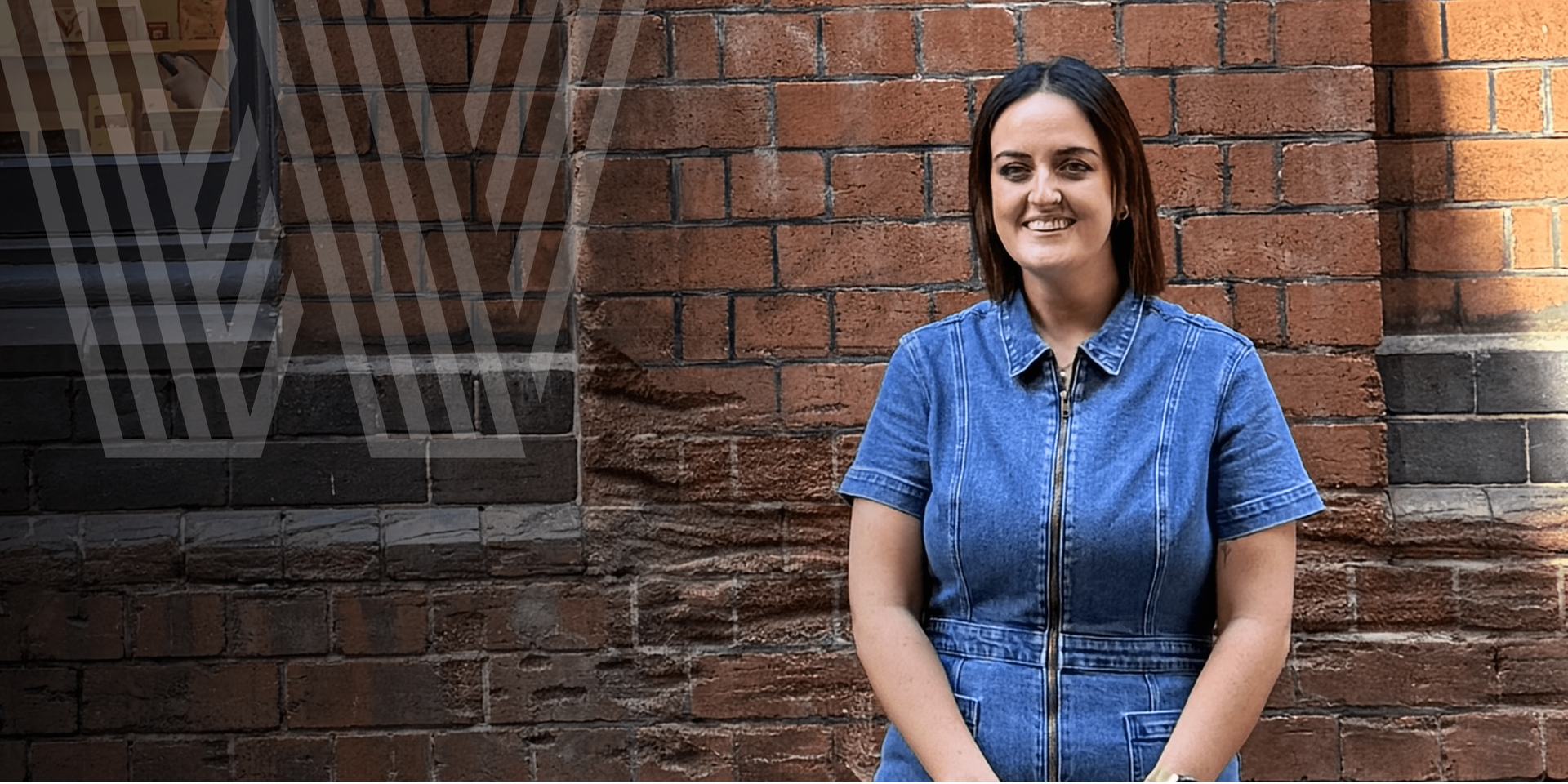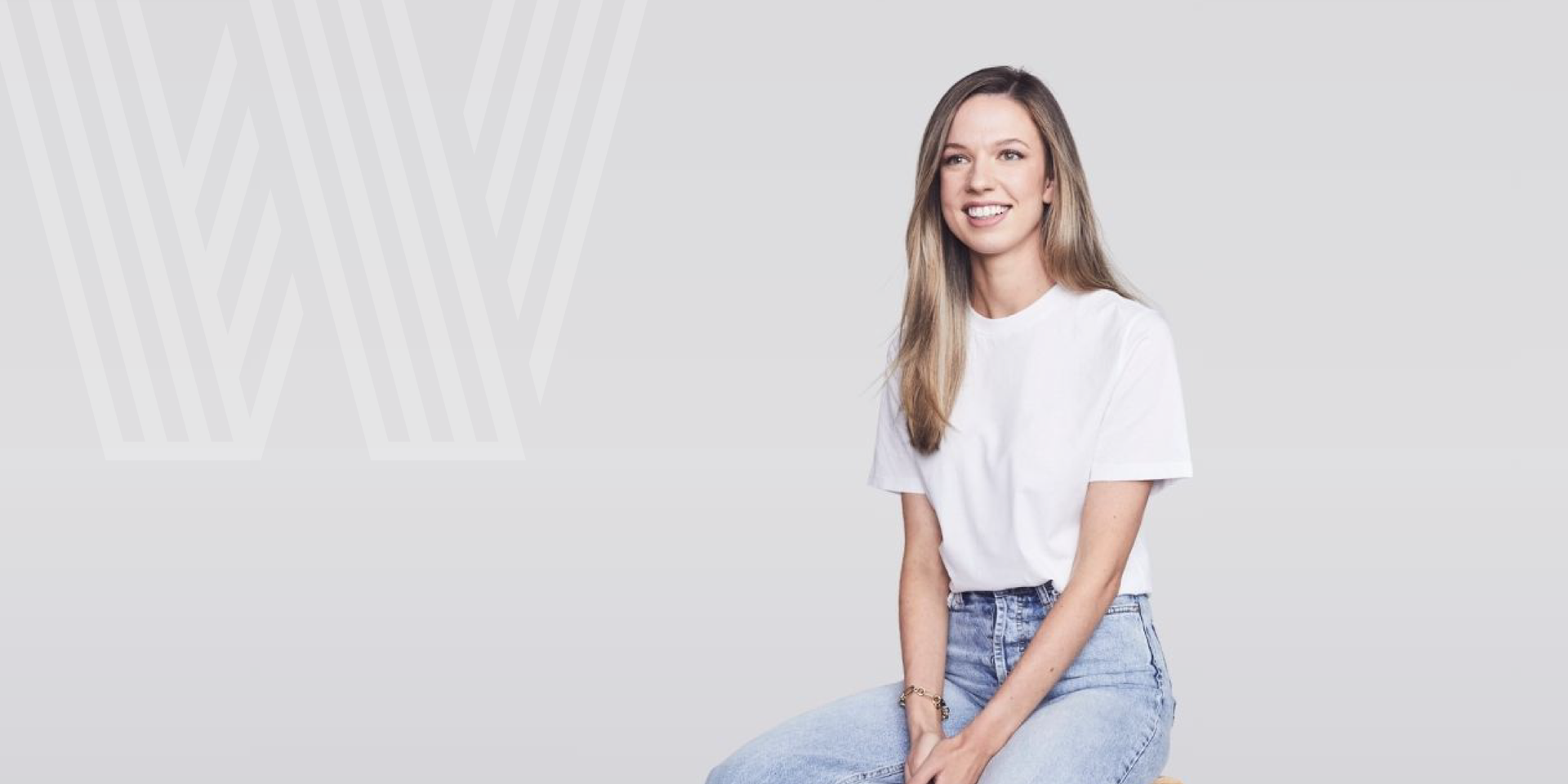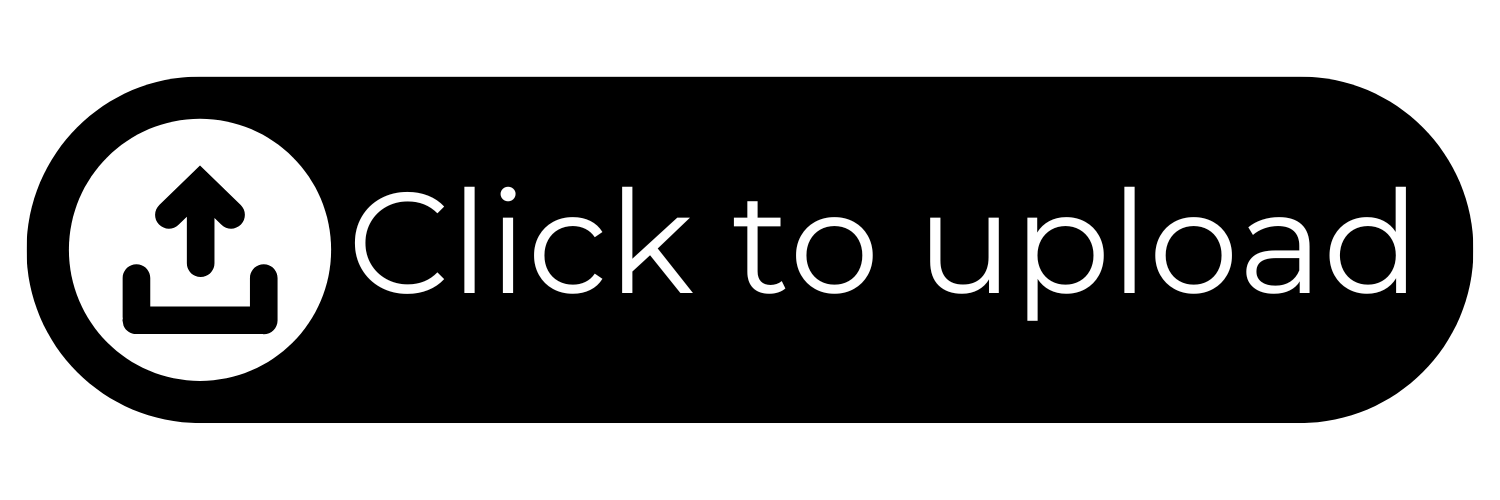Defining ROI on Creativity
In every business conversation, there comes a moment when someone leans back in their chair and asks the question that can stop bold ideas in their tracks: “But what’s the ROI?”
Creativity, the spark that drives attention, emotion, and growth but too often finds itself on the defence. In a world obsessed with data and dashboards, it’s become the one line item that leaders struggle to quantify and, therefore, to protect.
At WOW Recruitment, we wanted to unpack that tension and explore why ROI remains the sticking point in creativity, and how marketers and business leaders can bridge the gap between commercial certainty and creative confidence.
Last week, we brought together an incredible panel of leaders to tackle the question head-on:
- James Aris – Portfolio Marketing Manager, Lion
- Mel Yee – Creative Director, Popology
- Tora Brophy – Head of Scaled AUNZ, Uber
Each bringing a different lens to what creativity means, how it’s measured and where it’s headed.
Why Creativity Gets Stuck in the Boardroom
The panel opened with a shared truth: creativity drives undeniable value but defending it in the boardroom remains one of marketing’s hardest battles.
James put it bluntly: “Everyone has an opinion on marketing, but no one has an opinion on supply chain.” It’s a familiar reality. When too many stakeholders want their fingerprints on an idea, creativity can get watered down until what’s left is “grey” – safe, inoffensive and forgettable.
Yet, the evidence shows that safe creative isn’t safer at all. Studies from Kantar and WARC reveal that 47% of advertising success is directly attributable to creativity, making it the single largest driver of ROI, far above media spend. Interestingly, Eleven Agency’s research shows, “safe” creative requires 2.6 times more media spend to achieve the same impact as bold, distinctive work.
In short, the less brave we are creatively, the more we pay for it commercially.
From Talkability to Tangible ROI
Throughout the discussion, the panel shared examples of when creativity paid off and when it didn’t.
James reflected on the scaling of the Stone & Wood brand, which took a bold leap three years ago by moving onto television. “It was a brave call,” he admitted. “There was no message, no voiceover just an occasion, a feeling, a vibe.” The ad didn’t follow the rules of traditional beer marketing and in the short term, the active engagement scores looked poor.
But over time, brand awareness, price premium and equity scores all climbed. “The ad felt different,” said James. “And that’s exactly why it worked.”
Mel shared a different experience – a creative activation for Netflix that she loved but struggled to get across the line because ROI couldn’t be easily proven. “It’s not that the value wasn’t there,” she said. “It’s that we didn’t yet have the tools to measure it.”
That theme came up repeatedly. The panel agreed that creativity’s impact often shows up first as a feeling and only later as financials. As Mel noted, “Creativity sticks with you.” It creates moments of resonance that stay in people’s minds, moments that data alone cannot predict.
Measuring What Matters
One of the night’s key insights came from Tora, who reframed ROI as something far more nuanced than a single metric.
“ROI can be completely subjective,” he said. “It depends on which executive you’re talking to.” For Tora, measuring creative value means understanding the journey to profit, not just the outcome.
He outlined three steps: first, know the number one metric for the business; second, show how marketing’s actions ladder up to that; and third, identify the new value points creativity uncovers such as the likes, comments, shares and sentiment shifts that signal future behaviour.
His perspective reflects what we’re now seeing in industry research. WARC and Kantar’s data shows that when creativity, attention and investment align, the business effect can rise by up to 65%. Brands that balance performance marketing with long-term creative building see ROI increases of up to 90%, according to Analytic Partners’ Multiplier Effect study.
For agencies, these same frameworks are invaluable when selling brave ideas to clients. Showing how your creative ladders to a CEO’s or CFO’s top metrics. Bringing early indicators like engagement or share of search can help defend bold work in pitch rooms and ongoing client reviews.
So, while sales uplift will always matter, creativity’s true ROI extends beyond it into brand memory, emotion and mental availability.
Selling Creativity to the C-Suite
Another point of debate was how marketers can sell creativity to CFOs and CEOs who crave certainty.
The answer, as the panel discussed, isn’t to shy away from commercial language but rather translate creativity into it. “Know your stakeholder,” Tora said. “Know what they care about, how they measure value and bring them on the journey.”
Creativity that feels risky to a finance leader can feel revolutionary to a marketer and both perspectives are valid. Bridging that divide requires transparency, shared language and sometimes, small wins that build confidence. Start small, show impact and scale from there.
Mel described it as emotive marketing – “the experiences you create and the emotions you evoke.” Traditional ROI thinking treats marketing as input and output. Creativity, she argued, is more like planting a seed – something you nurture, water, and let grow.
The Future of Creative Measurement
The conversation inevitably turned to AI and what it means for creativity’s future.
The consensus? AI is reshaping how we produce, measure and optimise creative work but the human spark still determines what stands out.
As content creation becomes faster and cheaper, the gap between good and great creative will widen, dramatically. The ability to craft distinctive ideas grounded in strategy, empathy and emotion will be what defines market leaders. “Real-world experiences,” one panellist noted, “will become the new luxury.”
As AI becomes more embedded in our workflows, Mel put it beautifully on the night, “AI will teach us what it means to be human again.”
The Courage to be Commercial and Creative
If there was one message that resonated through every section of our discussion, from campaigns to measurement to future trends, it was that creativity and commerciality are not opposites. They are interdependent.
As James put it, “Traditional creatives sell the emotion, and the production team debates the budget. But commerciality now has to be part of every creative’s role.”
When brand strategy, storytelling and commercial understanding work together, creativity becomes unstoppable. It’s no longer something to defend, it’s something to invest in.
Creativity is the ROI
At the end of the night, we circled back to the question we started with: What’s the ROI on creativity?
The answer wasn’t a number. It was a mindset.
It’s the courage to back bold ideas. The discipline to measure what matters. And the belief that creativity doesn’t just sell products, it builds brands, shifts markets, and creates lasting human connection.
As research continues to prove, and as our panel made clear, creativity isn’t a cost centre. It’s the engine of growth.
So perhaps the next time someone in the boardroom asks, “What’s the ROI on creativity?”, the simplest answer might be the truest one:
Creativity is the ROI.
Meet the Panellists
James Aris – Portfolio Marketing Manager, Lion
James Aris is Marketing Manager at Stone & Wood (part of Lion), where he leads the brand strategy, positioning and go-to-market plans. He oversees long-term portfolio planning and innovation, supporting a talented team to deliver meaningful brand and customer initiatives grounded in insights and creativity.
James’ main role is helping steward the much-loved Pacific Ale and championing the brand’s vision of “making beer a force for good.” His career has also spanned senior roles with Matilda Bay Brewery, where he oversaw award-winning innovation and sustainability initiatives and a few global ad awards for their campaign ‘Rejected Ales'. Before that, he held leadership roles in management consulting, brand strategy, and digital marketing across Australia and Europe.
Across every chapter, James has been driven by a liking for psychology, brand, design and storytelling with an eye for balancing creativity and rigour to build products and experiences that people love and trust. Collaborative and purpose-led, he values culture, community and making an impact which is something he’s proud to bring to life every day in his current role at Lion.
Mel Yee – Creative Director, Popology
Mel Yee is Creative Director at Popology, where she leads the creation of immersive brand experiences that connect people and ideas in meaningful, lasting ways. She believes the best work isn’t just seen – it’s felt, and at best, remembered.
Before joining Popology in 2023, Mel spent 15 years in London honing her craft as a branding designer across lifestyle, fashion and hospitality. She worked with globally respected studios including Ragged Edge and Made Thought, as well as in-house at Selfridges and ASOS. This experience built her holistic approach to how people move through, feel and remember a space – a mindset that has translated seamlessly into experiential design.
Since joining Popology, Mel has led and won major pitches for clients including Netflix, Amazon, L’Oréal and Dua Lipa, creating immersive worlds where brands and audiences can truly connect. Across every project, she brings a thoughtful balance of strategy, storytelling and sensory design, championing creativity that inspires emotion, builds connection and leaves a lasting impression.
Tora Brophy – Head of Scaled AUNZ, Uber
Tora Brophy is Head of Scaled AUNZ at Uber, where he leads Uber Eats’ largest business segment across Australia and New Zealand, driving growth, profitability and execution through a high-performing team. He is responsible for scaling strategies that deliver sustainable P&L outcomes while creating long-term value for customers and partners.
Prior to Uber, Tora held senior leadership roles at some of the world’s most influential technology companies including Google, TikTok and Klaviyo. He built and scaled sales, marketing and partnership teams across APAC. At TikTok, he led SMB growth across ANZ; at Klaviyo, he accelerated international expansion through partner success; and during five years at Google, he delivered record-breaking revenue growth and launched world-first programs that transformed partnerships across the region. Earlier in his career, Tora was instrumental in building Under Armour’s direct-to-consumer business in Australia and NZ, launching its eCommerce channel and expanding its retail footprint with double-digit growth.
Across every role, Tora has been driven by a passion for helping businesses identify their biggest challenges, prioritise pathways, and deliver on execution all while bringing people on the journey.
About WOW Recruitment
At WOW Recruitment, we believe that creativity and commerciality go hand in hand, and that great marketing talent is what bridges the two. Our specialist marketing recruitment team connects businesses with the people who not only understand data, strategy and performance, but who also have the imagination and courage to drive genuine brand impact.
We stay closely attuned to the trends shaping the industry, from evolving consumer behaviours to the rise of AI and creative measurement, helping our clients build teams that are agile, inspired and ready for what’s next.
If you’re looking to strengthen your marketing capability or find talent that can balance creative thinking with commercial results, we’d love to connect. Together, we can help you build a team that turns bold ideas into growth.










